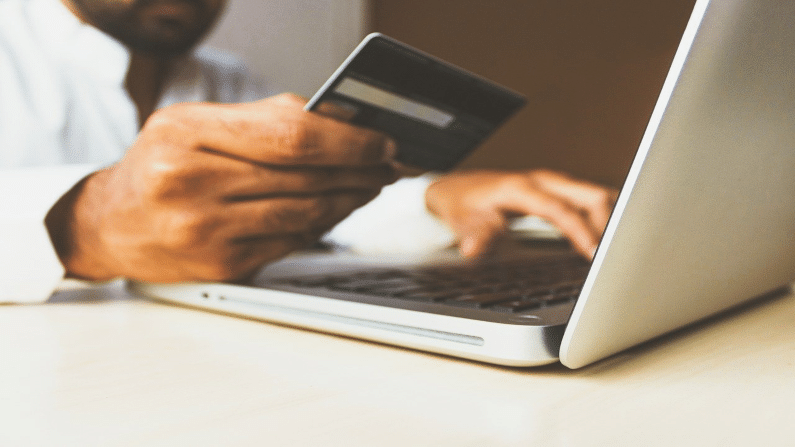Smart ways to get rid of credit card debt trap
- Ankur Sengupta
- Last Updated : October 2, 2021, 14:42 IST

Credit cards are really helpful if used judiciously. But if used recklessly, it can easily lead one into a debt trap. The rate of interest and penalty are the highest in credit cards. The minimum is more than 30% annually. So, paying credit card bills in time is strongly advised by all investment advisers. But what if one falls into credit card debt trap? Money9 offers a few tips to get rid of it.
Smart EMI
All credit cards offer attractive EMI option to customers. If your outstanding amount is getting big, then opt for smart EMI option. If you opt for smart EMI option, you can pay small amounts every month and no extra interest, or penalty, would be charged.
Suppose if you have an outstanding amount of Rs 50,000 and you opt for a tenure of six months to pay up. Then you have to pay Rs 8,400 per month without any extra penal interest. It will ease your credit card burden.
Balance transfer
Credit card balance can be transferred and shifted. For instance, the outstanding money or the dues on a credit card can be transferred to another card. The balance transfer method lets you shift not only from one card to another, but also multiple card dues to one card.
According to experts, to ease credit card dues, one can use the balance transfer method. With the transfer, the cardholder gets a fresh credit-free period of up to 90 days, to repay the amount without adding further interest on the due amount.
Taking a Loan
By taking a personal loan, one can repay the due amount. Though this is not a good practice, it could save you from sinking in debt. If you are deep down, you can always explore multiple options to repay the dues quickly and at least cost.
The utility of personal loan lies in the fact that these loans carry an interest rate of around 11-20% while credit cards charge rates ranging from 35% to 45%.
Top-up Loans
This is another type of loan you can opt for, other than a personal loan. You can go for a top-up loan only if you have an existing personal loan. Once you apply for the loan, the lender conducts due diligence and approves it.
You can easily get approval for a top-up loan, if you have been regular with your existing loan payments for two years or more successfully. You can use this money to pay off your credit card debt at one go.
One by one
With this sequential method, you can pay off your credit card dues steadily one after the other, easing the repayment burden. You could opt to clear off smaller dues first, according to experts, as even clearing balance from a single card will help you improve not only your credit score but also the credit utilisation ratio.
Break the investments
This should be the last option that you should seriously consider. If you are unable to pay the dues, you could withdraw money from FDs or other low earning investments to pay off the credit card debt.
However, this cannot be done on a regular basis, or else you will not be left with any savings for an emergency purpose in future.
Download Money9 App for the latest updates on Personal Finance.
Related
- ICICI बैंक को 49.11 करोड़ रुपये के टैक्स डिमांड का मिला नोटिस
- बैंक कर्ज वृद्धि धीमी पड़कर 4.9 प्रतिशत पर: आरबीआई
- PSU के लिए शेयर बाजार से हटने को स्वैच्छिक ढांचा लाएगा SEBI, एफपीआई नियम होंगे सरल
- केनरा बैंक ने सभी बचत खातों में न्यूनतम शेष पर जुर्माने को खत्म किया
- SBI ने FD पर ब्याज दर में 0.20 प्रतिशत की कटौती की
- बैंक ऑफ महाराष्ट्र ने रिटेल लोन दरों में 0.25 प्रतिशत की कटौती की

